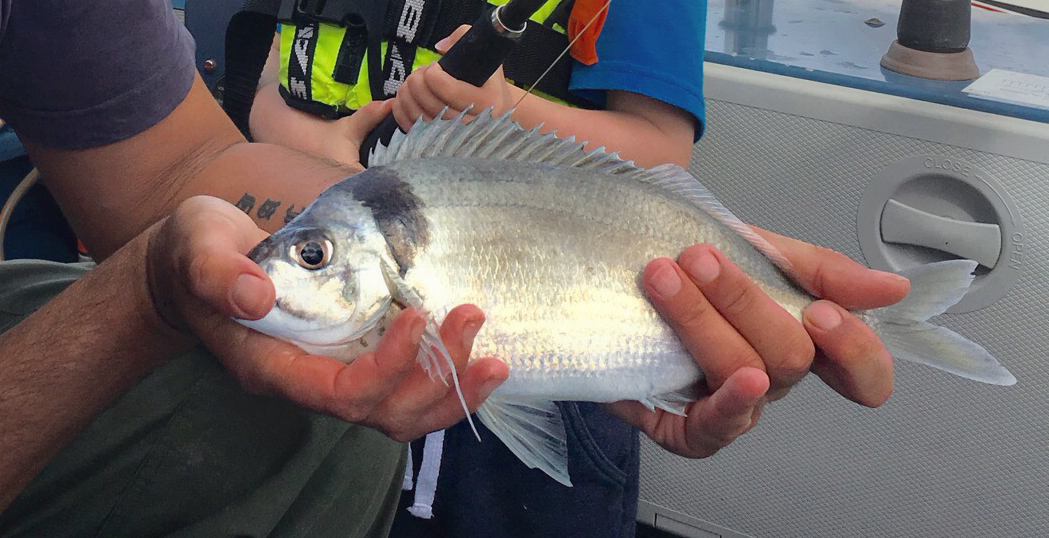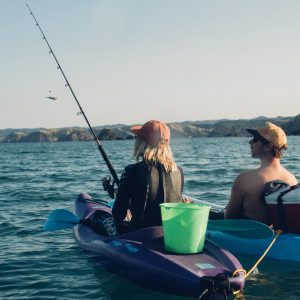From October 1st Stuart Nash has reduced the commercial catch of tarakihi on the east coast of the North and South Islands by 10 percent. LegaSea was calling for a 40 percent reduction.

The arguments for minimal cuts were bolstered by an economic report commissioned by Fisheries New Zealand describing the impacts of any changes on commercial fishers. There was no comparative report on the social, cultural or environmental impacts of continuing to over fish tarakihi, despite the Minister’s statutory duty to consider these factors.
So, it’s a 20% cut last year, a 10% reduction this year and a clear message – the Minister will do his best to keep the trawler fleet plying our coastal waters for another 20 years if they do their best to stay away from those baby tarakihi. Not good enough.
Just because the fish can be caught doesn’t mean the stock is not still declining overall. The overriding conclusion from the science assessment process is that overfishing has been happening for many years. Even in the last few years the stock has deteriorated.
In 2016 the tarakihi stock was assessed at being around 17% of its original, unfished size. Catch by all methods was taking about 25% of the adult population every year. For a fish that is relatively slow growing and can live to 30-40 years this is bad news.
We have a long way to go to reach the management target for tarakihi, which is 40% of its original stock size. The only way to return to a sustainable fishery in a reasonable timeframe is to start with large catch reductions.
The alternative is what we have now – let’s wait 20 years or more in the hope that enough has been done for a rebuild. What’s more, we are now dependent on a Minister who has, for two successive years, ignored the calls for more urgent action.
Acting in a precautionary manner means we need to leave enough tarakihi in the water for them to mature and breed. While catches hold up in some areas it is the whole stock in eastern New Zealand that needs rebuilding. As the population has decreased more younger fish are being caught. The bigger fish are not making it past the gauntlet of trawlers and into the northern breeding grounds of the Bay of Plenty and East Northland waters.
We have to take into account the state of the tarakihi stock, the availability to recreational and customary fishers, and how to stop overfishing. When it comes to recreational fishing tarakihi are just as popular as they once were, however, low abundance means that in 2018 total harvest in eastern areas was less than 4% of commercial catches.
We do not want our fisheries managed on such a knife edge. And nor should they be given the Minister’s statutory obligations to manage fisheries sustainably to both provide for the foreseeable needs of future generations and so people can provide for their current social, economic and cultural wellbeing from fishing.
The only wellbeings being satisfied currently are those that revolve around money and that is clearly not sustainable for us or our tarakihi.




